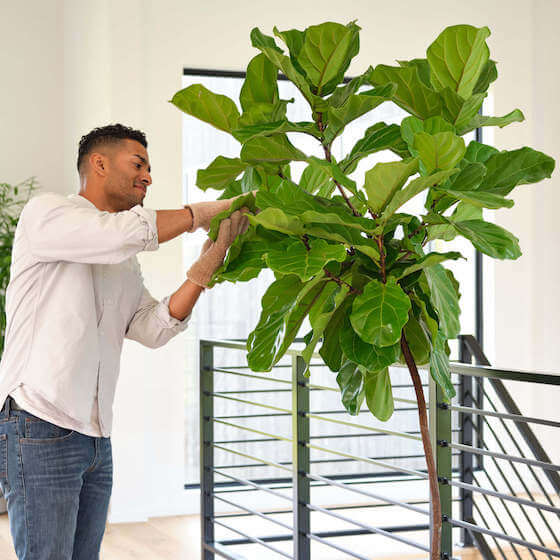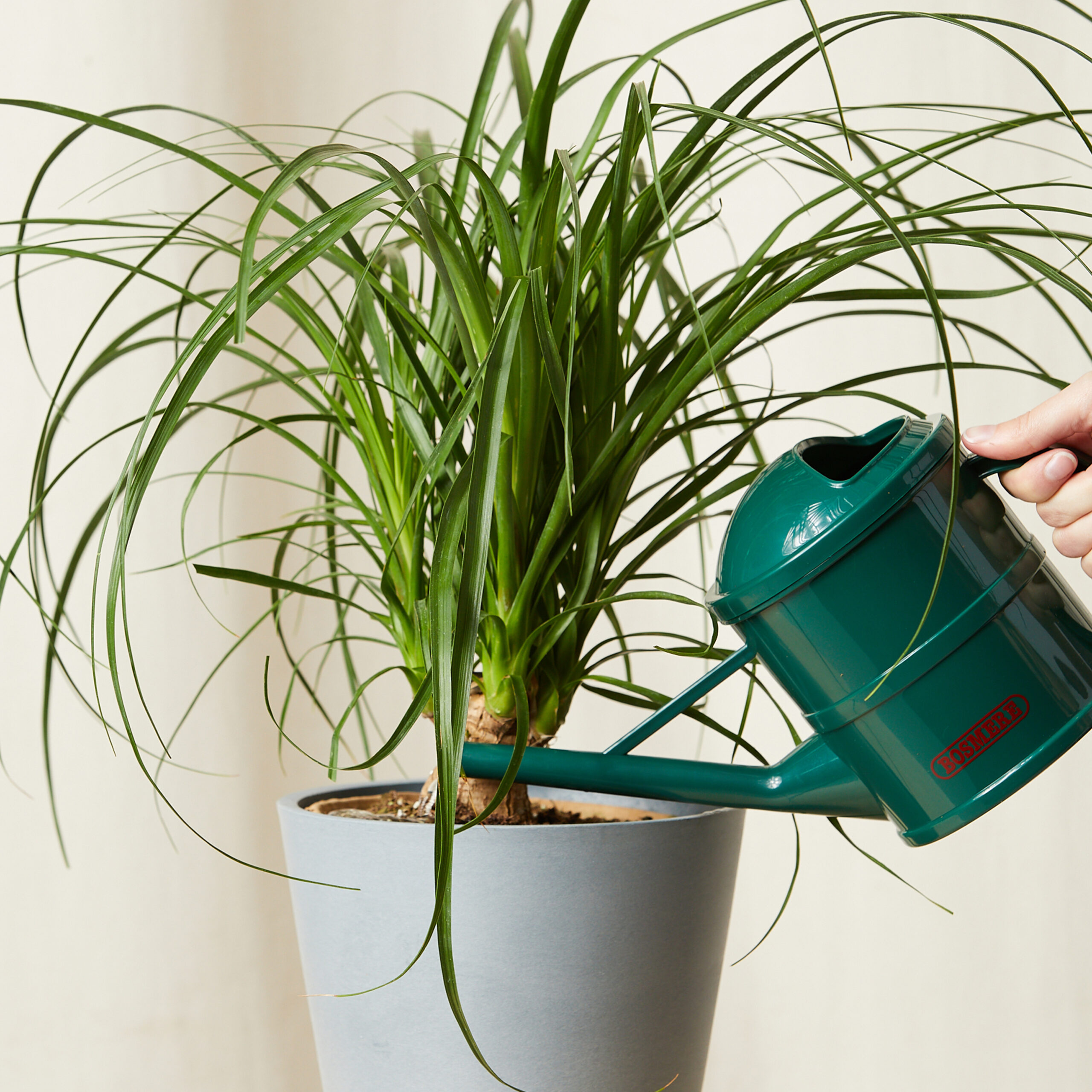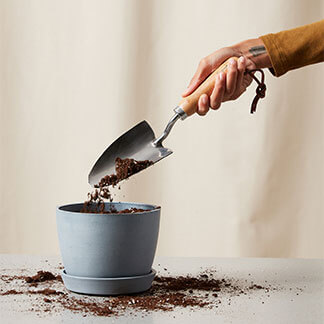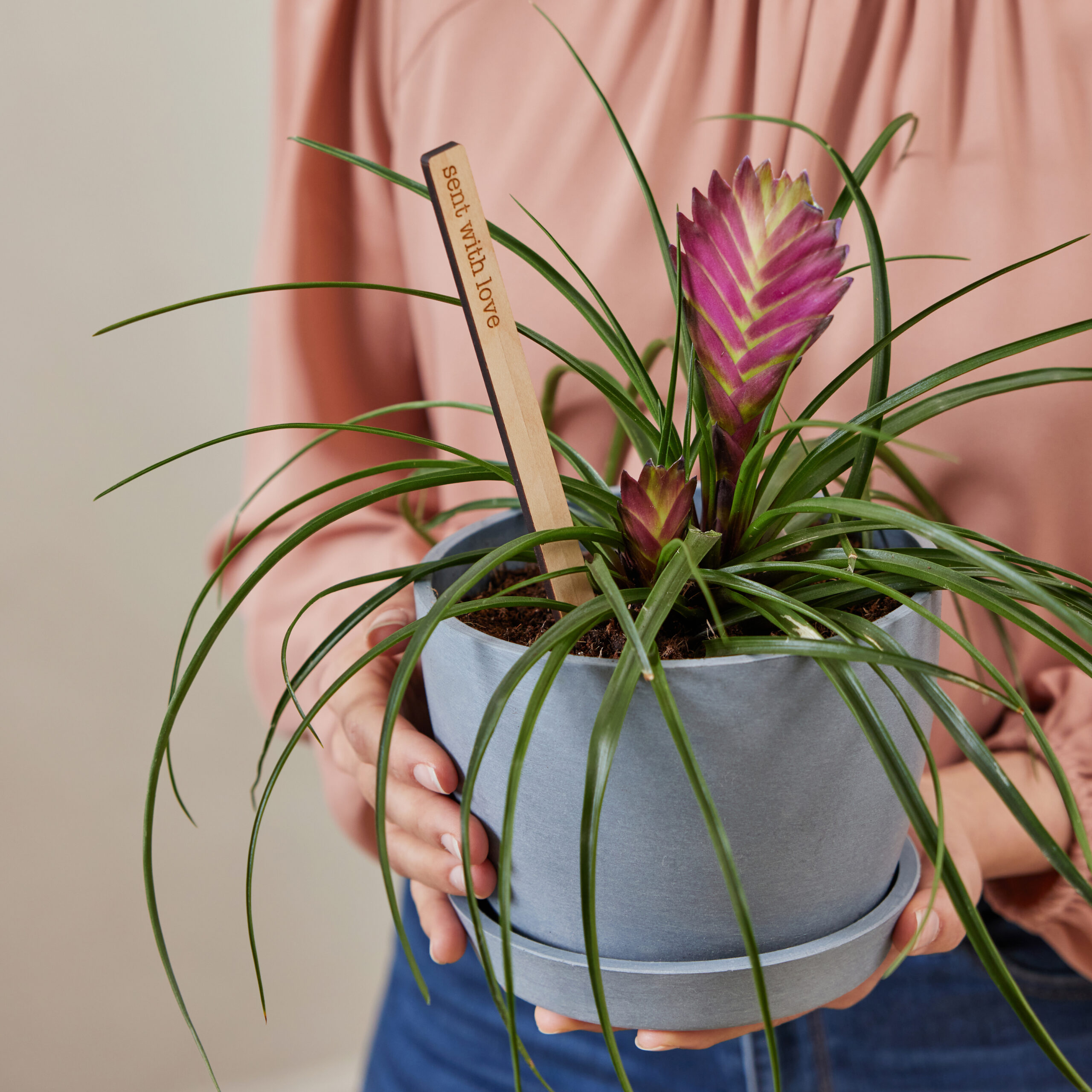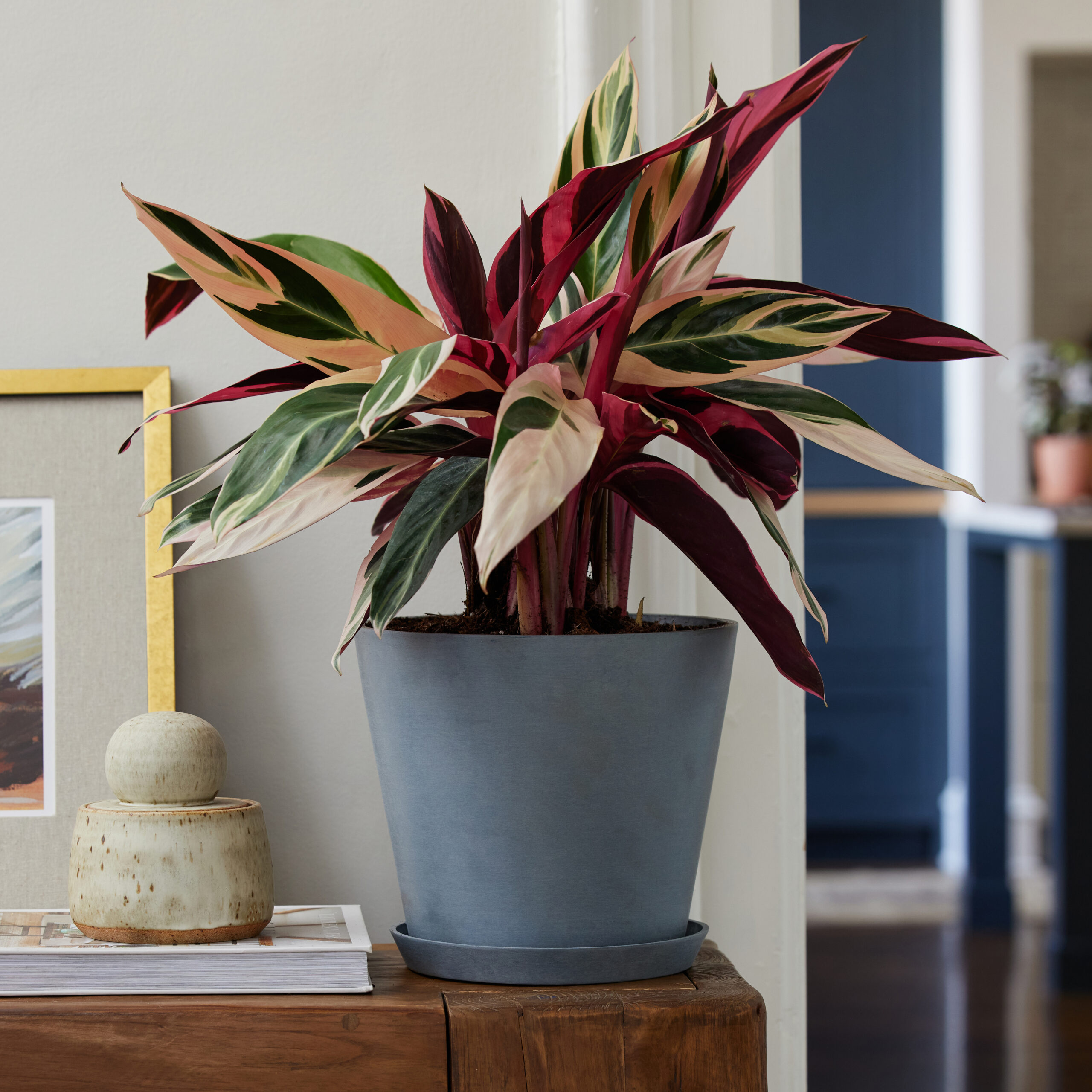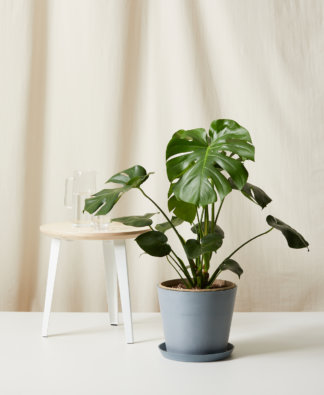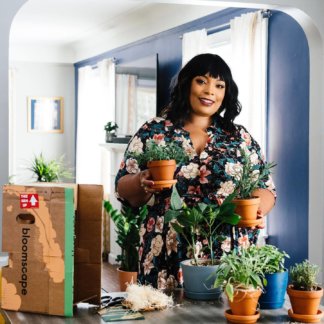Green Living
How Horticultural Therapy is Getting Us Through 2020
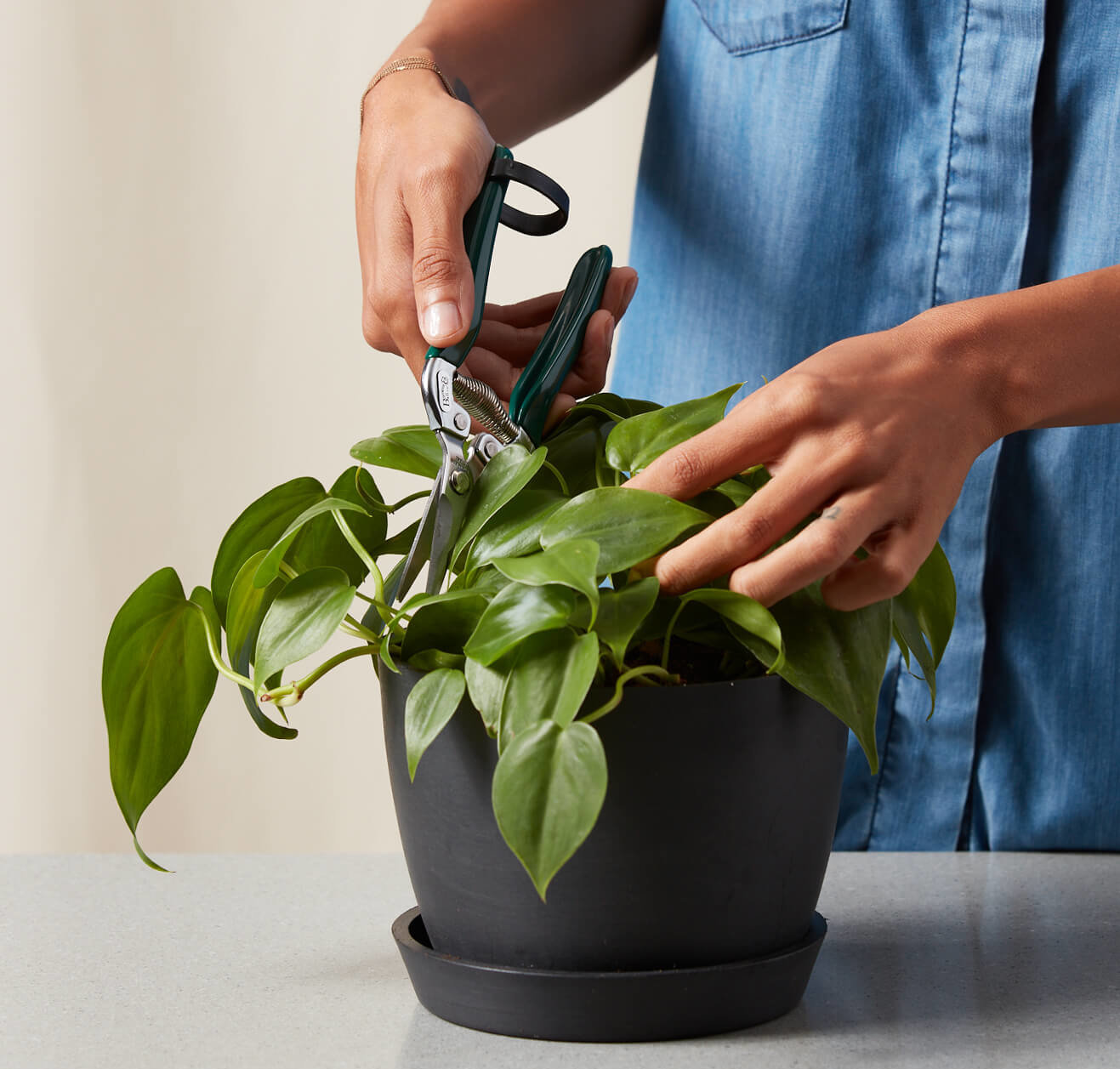
From baking bread to tie-dying every white garment you own, 2020 has given rise to countless off-kilter trends that serve a thinly-veiled therapeutic purpose. Completed in an attempt to relieve stress and anxiety brought on by the pandemic, these rituals could be considered alternate forms of therapy fit for these unprecedented times.
The same could be said for caring for plants as a way to destress, also known as horticultural therapy. The concept of better living through plants is often practiced but seldom named; it dates back to 2000 B.C. and was first recognized as a viable treatment for mental health conditions in the early 1800s. Today, garden therapy is more common than you think — it’s practiced all around the world, and many universities in the U.S. and beyond have dedicated horticultural therapy programs. There’s even an American Horticultural Therapy Association (AHTA).
Of course, the emotional and mental health benefits of caring for plants aren’t lost on us. Below, find everything you need to know about plant therapy, from simple techniques to benefits and beyond.
What Is Horticultural Therapy?
Horticultural therapy can be formally defined as the professional practice of using plants and gardening to improve mental and physical health. It’s rooted in the substantiated concept that being in nature can help people live longer, healthier lives.
Licensed horticultural therapists work with patients spanning children to the elderly to help them improve memory, cognitive abilities, task initiation, language skills, and socialization. “In physical rehabilitation, horticultural therapy can help strengthen muscles and improve coordination, balance, and endurance,” reports the AHTA. “In vocational horticultural therapy settings, people learn to work independently, problem-solve, and follow directions.”
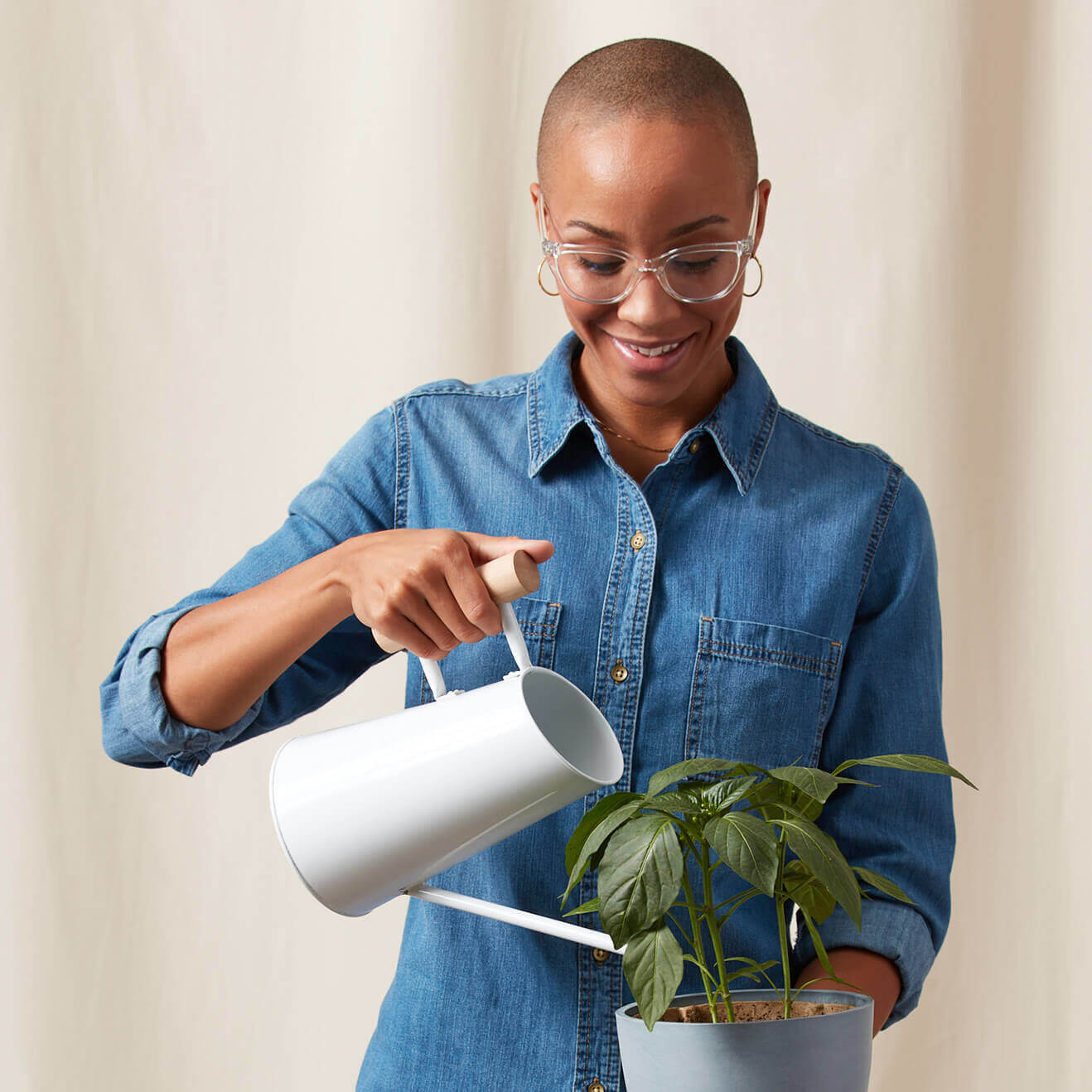
Therapeutic horticulture techniques range from the simple, like walking through a garden or learning how to arrange flowers, to the more involved, like planting your own garden, pruning and watering houseplants, experimenting with propagation, and more.
The Benefits of Horticultural Therapy
Spending Time Outdoors
As mentioned above, countless studies show that spending time outdoors — whether tending to plants, taking a walk, or simply living near nature — is good for your mental health. Gardening requires time spent outside day after day tending therapeutic gardens, which slowly allows patients to connect with nature and reap its many healing benefits.
Learning a New Skill
So much of garden therapy’s benefits lie in creating structure and building confidence, especially for those struggling with mental illness, depression, anxiety, or addiction. Learning a new skill, whether it’s pruning a houseplant or managing a full-blown garden, helps engender a sense of accomplishment and responsibility.
Mindfulness & Observation
Engrossing yourself in a healthy activity like gardening encourages mindfulness — another age-old practice with roots in ancient Buddhism. Mindfulness, or the act of living in the present moment, boasts countless mental and physical health benefits that have been corroborated many times over. Studies show that mindfulness can manage anxiety, depression, post-traumatic stress disorder, and more.
Nurturing Another Life
Caring for plants allows us to assume responsibility for another living thing, however small. The simple idea that something needs your care in order to thrive can speak volumes for those in the grip of depression, addiction, or even old age. Watching your plants grow and thrive taps into our hard-wired desire to nurture.
How to Practice Horticultural Therapy at Home
If you’ve ever felt relaxed or at ease when going about your plant care routine, you’ve practiced this therapy firsthand. Horticultural therapy is all about being completely engrossed in the activity at hand, whether it’s watering your indoor plants or tending to a sprawling backyard garden. It’s similar to losing yourself in a hard workout or a complicated recipe — for a moment, that inner stream of worries, fears, and pressures is silenced.
Start by making a concerted effort to stay in the present moment when caring for your plants. Put down your phone, shut your work laptop, and perhaps play some calming music to set the scene. Closely observe the process of watering, pruning, and rotating your plants. What tools do you use? What’s your routine? What does the dirt feel like? What specific needs does each plant have? You can even chronicle these observations in a plant journal.
Over time, caring for your plants in this structured, repeatable manner will create a sense of accomplishment and confidence. A good DIY project you can share with others is to work on a garden design, and tend it together.
If you’re interested in learning more about formal horticultural therapy and how to live a better life through plants, we encourage you to look into a therapeutic horticulture program near you!
